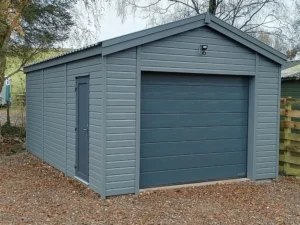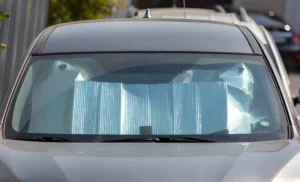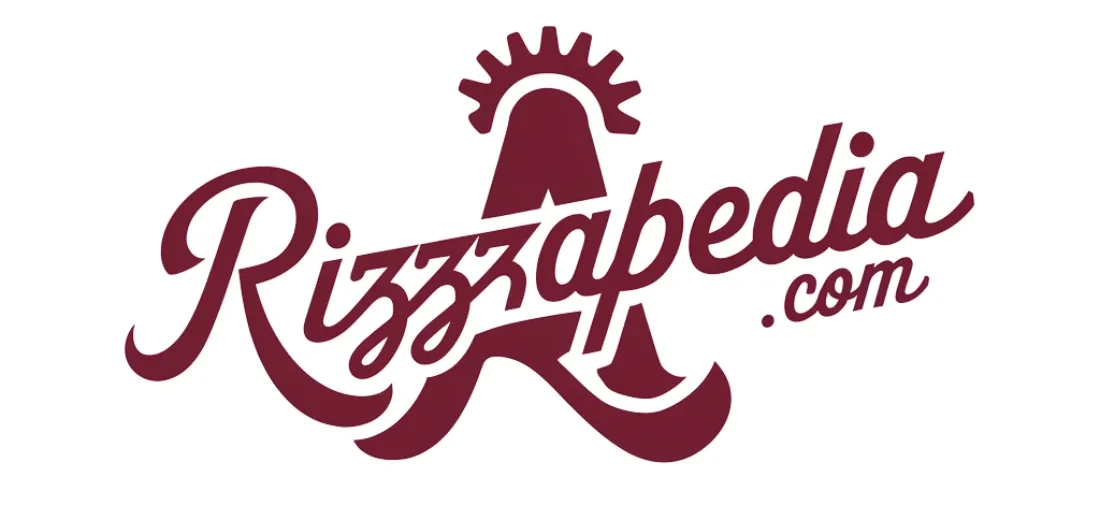In the bustling industrial landscape of Australia, ensuring the highest standards of workplace safety is paramount. Among various safety considerations, the protection of workers operating at heights stands as a critical concern. This is where roof safety systems come into the picture, serving as the foundational element in safeguarding lives and preventing workplace accidents.
Understanding Roof Safety Systems
Roof safety systems are comprehensive mechanisms designed to offer maximum protection for individuals working on roofs. These systems include a variety of components such as guardrails, walkways, ladders, and personal protection equipment (PPE) that collectively form a barrier against falls and accidents.
The Significance of Roof Safety in Australia
In Australia, the regulations for occupational health and safety are stringent, with particular emphasis on fall prevention. Roof works are identified as high-risk activities, resulting in rigorous guidelines for employers to implement effective safety measures. The adoption of roof safety systems is not a matter of choice but a legal necessity to comply with national safety standards.
Components of Roof Safety Systems
Distinct components constitute the advanced roof safety systems. Anchor points, static lines, and horizontal lifelines provide secure attachment spots for workers’ harnesses, reducing the risk of falling from heights. Other elements like access hatches and roof edge protection enhance the safety infrastructure, enabling workers to perform their tasks with confidence.
Customised Roof Safe Solutions
One size does not fit all when it comes to safety. The architectural diversity of commercial and residential buildings calls for roof safe solutions that can be tailored to specific requirements. From initial design to installation, these custom solutions help address the unique safety challenges posed by different roof structures.
The Role of Roof Safety Specialists
Expertise is crucial in developing and installing roof safety systems. Professional installers offer the technical knowledge necessary to configure systems that meet the precise needs of a facility while ensuring compliance with regulations. Their specialized input is vital in creating a safe working environment.
Installation of Anchor Points
Anchor points are a critical component of a robust roofing safety strategy. These points are strategically installed to provide secure tie-off points for fall arrest systems. Accessing reliable anchor points installation services guarantees that the system is not just effective but adheres strictly to Australian safety standards.
Training and Maintenance: The Pillars of Roof Safety
Installing a roof safety system is just the beginning. Regular inspections, maintenance, and certifications ensure the system’s reliability over time. Furthermore, adequate training for the personnel who will use the system is essential, as human error can negate even the most secure safety measures.
Mitigating Workplace Injury Risks
With the implementation of efficient roof safety systems, businesses can significantly mitigate the risks of workplace injuries. The reduction of fall hazards not only saves lives but also protects employers from potential litigation, insurance claims, and loss of productivity due to accidents.
Certification and Compliance: Legal Imperatives
Roof safety systems that meet or exceed the legislative requirements of Australian Standards AS/NZS 1891 and AS/NZS 4488 are considered legally compliant. Certification of these systems by accredited bodies affirms their reliability and adherence to prescribed safety norms, which is crucial for any business operation.
Economic Benefits of Robust Safety Systems
Beyond the obvious human benefits, implementing comprehensive roof safety measures can have significant economic advantages for businesses. Improved safety records can lower insurance premiums, reduce worker compensation claims, and increase employee morale, which in turn enhances productivity.
Advancements in Roof Safety Technology
Technology has played a pivotal role in the evolution of roof safety systems. Innovations in materials and design have led to increasingly user-friendly and reliable systems that offer better protection and ease of use for the worker operating at height.
Choosing the Right Roof Safety Partner
Selecting the right partner for installing and maintaining roof safety infrastructure is critical. A provider with a strong track record in delivering roof safe solutions can significantly impact the effectiveness of a safety system. Expert consultation and ongoing support are key factors in this decision-making process.
Conclusion
Roof safety systems are undeniably game-changers when it comes to workplace safety in Australia. They are not just a set of products but an integrated approach to mitigating risks associated with working at heights. Through compliance with safety standards, businesses can ensure the well-being of their employees while safeguarding their operational integrity. Investing in reliable roof safety infrastructure, like installing certified anchor points, is a commitment to excellence in workplace safety, reflecting the true value a business places on its workforce.
Boosting Safety Culture
In conclusion, the implementation of roof safety systems is both a regulatory requirement and a moral imperative in Australia. These systems signify a company’s dedication to fostering a culture of safety, showing that they regard their employees’ lives and well-being as a priority. As Australian businesses continue to grow, integrating advanced roof safety measures will remain an essential criterion for achieving accident-free work environments.
Also Read-Kickstart Your Tech Career with a Diploma in Information Technology at Sigma










